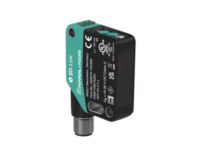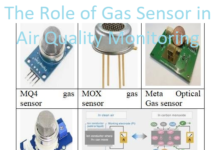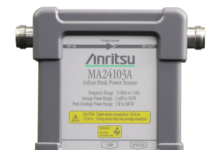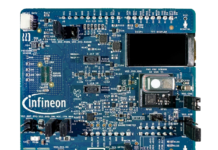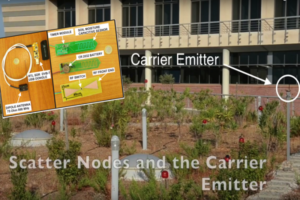
With almost 8 billion souls to feed and a changing climate to deal with, there’s never been a better time to field a meaningful “Internet of Agriculture.” But the expansive fields that make industrial-scale agriculture feasible work against the deployment of sensors and actuators because of a lack of infrastructure to power and connect everything. So a low-power radio network for soil moisture sensors is certainly a welcome development.
We can think of a lot of ways that sensors could be powered in the field. Solar comes to mind, since good exposure to the sun is usually a prerequisite for any cropland. But in practice, solar has issues, the prime one being that the plants need the sun more, and will quickly shade out low-profile soil-based sensors.
That’s why [Spyros Daskalakis] eschewed PV for his capacitive soil moisture sensors in favor of a backscatter technique very similar to that used in both the Great Seal Bug and mundane RFID tags alike. The soil sensor switches half of an etched PCB bowtie antenna in and out of a circuit at a frequency proportional to soil moisture. A carrier signal from a separate transmitter is reflected off the alternately loaded and unloaded antenna, picking up subcarriers with a frequency proportional to soil moisture. [Spyros] explains more about the sensor design and his technique for handling multiple sensors in his paper.
We really like the principles [Spyros] leveraged here, and the simplicity of the system. We can’t help but wonder what sort of synergies there are between this project and the 2015 Hackaday Prize-winning Vinduino project.
Source: http://hackaday.com/




